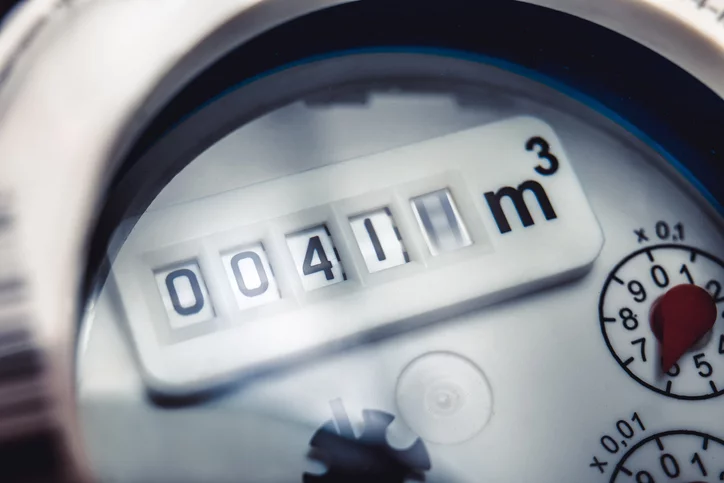Low water pressure
Signs of low water pressure
- Does your shower go to dribble when someone else in your home flushes the toilet or turns on the tap?
- Does your bath take a long time to fill? A standard household bath should take approximately five minutes to fill.
- If your toilet cistern takes a long time to refill, this could mean you have low water pressure too. On average, a toilet should take about 1 minute 40 seconds.
What causes low pressure?
Possible causes could include:
- A burst on the water main, repairs or scheduled maintenance in your area
- High demand – check the time of day you are receiving low pressure
- Cold weather – reduce your risk by following our winter advice tips
- Your water company has used another source for your water supply
- You have a leak on your supply pipe and needs repairing
- A valve has been shut down
- You are on a shared supply and others are using water at the same time
How much water pressure should you get?
The Water Industry Act 1991 requires that you should receive water constantly and at a pressure that reaches the upper floor of your house. But Ofwat has set that companies should maintain a minimum pressure of int he communication pipe of seven metres static head (0.7 bar).
The communication pipe comes off the water main and belongs to the company. It ends at the outside stop valve to your home. The company has no obligation to meet pressure requirements inside your external private supply pipe, whether shared or not, or inside your property.
There is no regulated upper limit though internal plumbing should be able to withstand 10 bar to meet British standards.
Compensation for low pressure
If you have concerns about your level of pressure, we recommend that you record the times of incidents of low (or high) pressure over a period – for example two weeks) and report these to your company.
Your water company can visit your property to test the pressure of your water to see if there is a problem.


